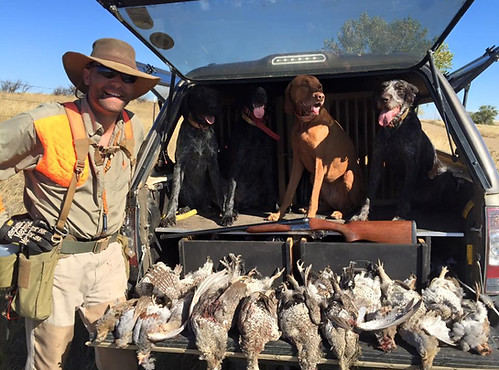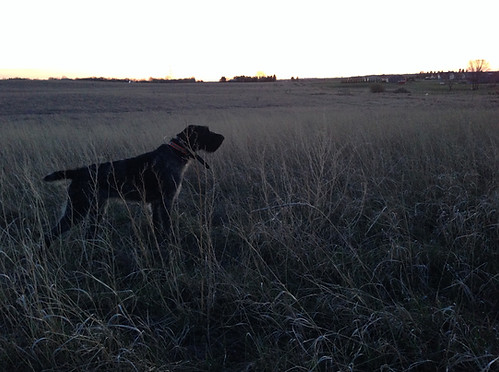
ABOUT...
Benjamin Sand:
Born and raised in Central Minnesota, I learned the value of wildlife conservation at a relatively young age from one of the best teachers in my world, my dad. We pursued grey squirrel, cottontail rabbit, ruffed grouse, ducks, geese, woodcock, pheasant, black bear, fox, coyotes, mule deer, and white-tailed deer. We always had a good old lab around to take hunting and retrieve our wild fowl. It did not take long for me to conceptualize how hunters, fishers, trappers, and foragers collectively are the most effective and passionate stewards of our wild places. We long for a connection to healthy food webs and ecosystems and are willing to pay more than our fair share to maintain and enhance them!
After graduating from the Masters of Environmental Health and Safety program at the University of Minnesota in Duluth in 2006, I was recruited for a position in Bismarck, ND. What ensued was the start of a very complicated relationship with the prairie ecosystem. The seasons are extreme here in the Northern Plains. Summers are usually accompanied by intense sun and fierce heat. The winters are like no other climatic force in the lower 48. I witnessed two week highs at 0 degrees Fahrenheit before considering wind-chill factors (and lived to tell about it). Regardless of the challenge of overcoming the climatic ferocity, soon I was captivated by Makoshika because of her generosity. Game populations are rich, and access to viable hunting property is extraordinary.
In 2010, I set out to find an uncompromising hunting breed to serve a versatile purpose and discovered the Deutsch Drahthaar and as they say, "the rest is history!"
Because I primarily hunt on publicly accessible property shared with fellow conservationists, owning the most powerful and talented gun dogs available is paramount for a competitive advantage.




-
To develop hunting dogs for our participation in wildlife conservation through hunting, therefore they need to be versatile and excel at the work presented to them in the vast landscape of Makoshika. They earn their keep by proving performance; they are not considered breed stock at the kennel until they strictly measure up to the breed standard and then to our standards which are even more judicious. Approximately 80% of the hunting we enjoy includes "walk up" upland bird hunting, therefore dogs who excel at using their natural inherited instincts to consistently take the gun to the game are preferred. If we need to take a dog to the game, it maybe a great hunting dog....for someone else who hunts smaller segments of land with a higher concentration of game.
-
Commit to a continuous improvement process. To improve the breed and operate within the framework of the Verein Deutsch Drahthaar and its published breed standards.
-
Breed balanced dogs with:
-
Good health.
-
Solid and stable temperaments for:
-
Good citizenship in the crate, kennel, and home.
-
Friendly relations with other dogs and people.
-
Trainability.
-
-
Exceptional talent for field work including:
-
Extreme will to locate game in any cover or terrain.
-
Caution to successfully point cagey wild upland game.
-
Tenacity and determination for the retrieval of all wounded and fleeing wild fowl and fur on land and in the water.
-
-
Form for highly efficient movement and durability while hunting in Makoshika for a day, weekend, season, and lifetime.
-
Hair for protection and reasonable maintenance in Makoshika. (Hard, dense, and flat).
-



